4 Considerations When Creating a Backyard Butterfly Garden
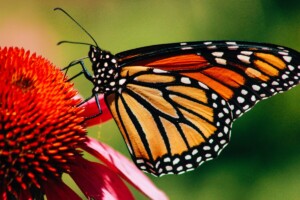
Creating a butterfly garden is a rewarding and eco-friendly way to invite these delicate creatures into your outdoor space while supporting biodiversity and fostering a thriving ecosystem. With the right knowledge and thoughtful planning, you can transform your backyard into a haven crucial in conserving and protecting these vital insects. Whether you plan on renting an apartment in Valparaiso, IN, or purchasing a home in Prescott, AZ, read below to see essential tips to craft a butterfly oasis, complete with their favorite plants, shelter, water, and organic care.
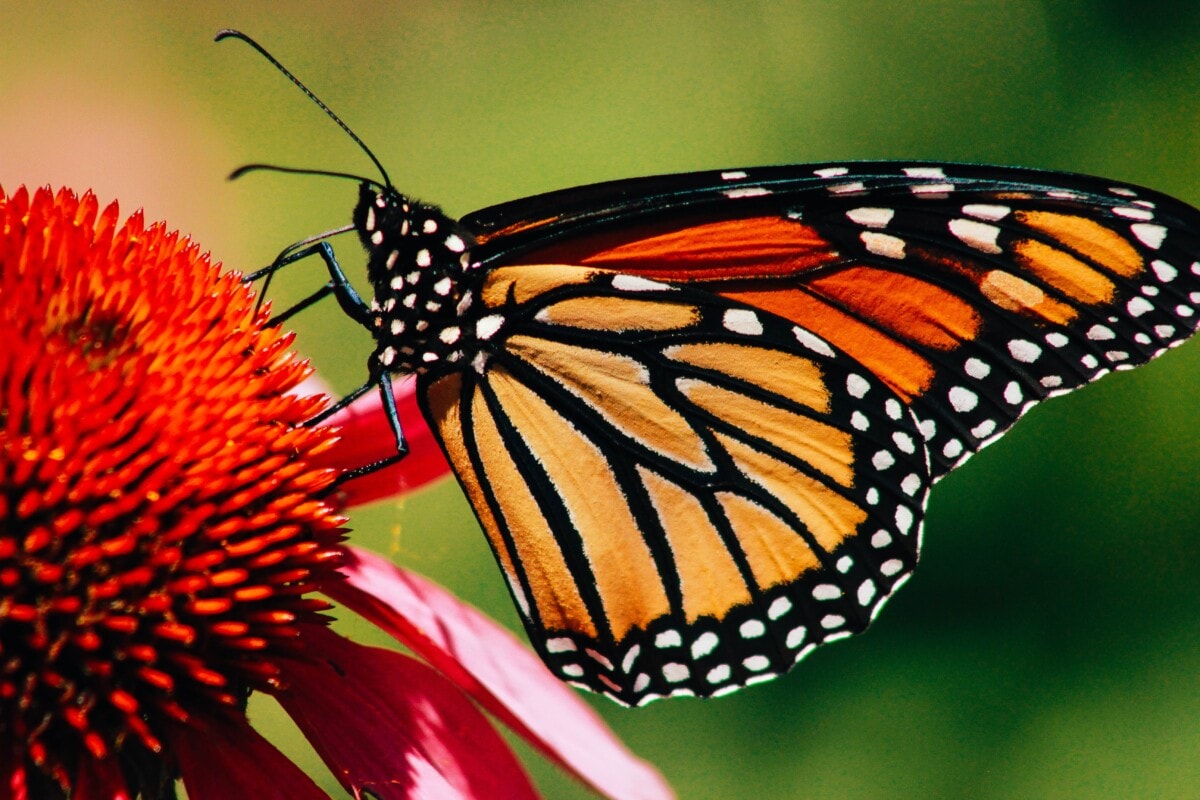
1. Plant native host plants in your garden
Planting host plants in a butterfly garden is essential because they serve as the primary food source and breeding site for butterfly larvae, ensuring the continuation of their life cycle. By providing host plants, you create a nurturing environment that attracts and sustains various butterfly species, enhancing the beauty and biodiversity of your garden.
Grow Milkweed Plants shares, “Host plants are the type of plant that the butterfly can lay an egg on, and the caterpillar can eat to complete its life cycle. Most butterflies can use a variety of host plants in a plant family. For example, the Monarch Butterfly can host hundreds of plants in the Apocynaceae (dogbane family). The most familiar plants are in the genus Asclepias (milkweeds).”
“The most important thing in supporting backyard butterflies is providing them with the host and nectar plants they need to carry out their life cycle – butterfly, egg, caterpillar, chrysalis, butterfly. Host plants feed the caterpillars, and nectar plants feed the adult butterfly,” adds North Shore Butterfly Gardens..
Plant different host plants based on the season
There is a diverse array of native host plants available by season, each catering to the specific needs and preferences of various butterfly species in their natural habitats.
“Although there are plants that are attractive to butterflies throughout the year, many butterflies are at their peak in mid to late summer, and some of the best native plants to have in your garden that bloom at this time are ironweed, joe pye weed, swamp milkweed, and meadow blazing star. Don’t forget to add some native grasses such as June grass, little bluestem, and Indian grass to your butterfly garden as multiple butterfly species use grasses as host plants, and they also provide good cover,” recommends Blazing Star Butterfly Garden.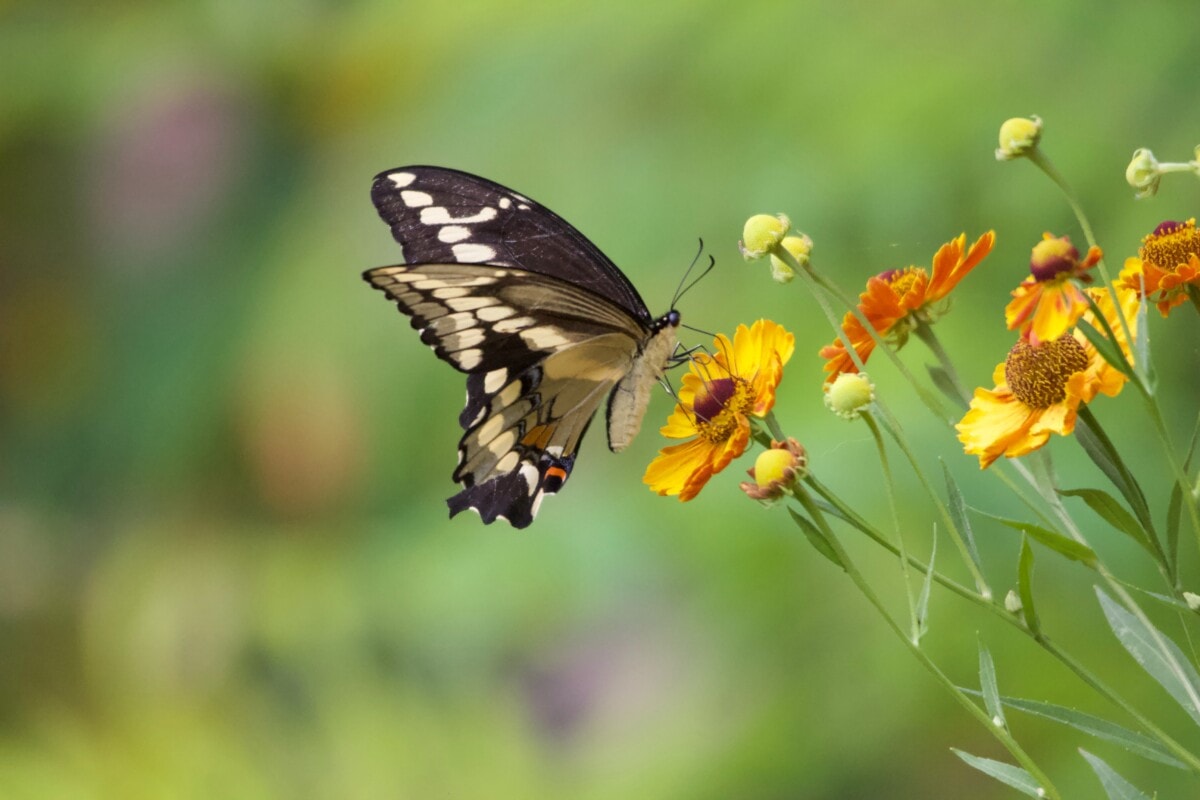
Place native plants in areas with ample sunlight
“There are a variety of native plants that will do well in sunny and shaded areas,” shares Monarch Joint Venture. “However, areas that are open and have ample sunlight are typically preferred as you will likely have more options for high-quality nectar plant species to choose from, especially when catering to the monarch butterfly.”
Pay attention to the height and shapes of the flowers
“When creating a butterfly habitat in your yard, replace patches of grass with various types and heights of native plants and flowers. Pay attention to the shapes of the flowers, too. This will attract different species of pollinators. It’s a low-cost way to be an environmental champion and improve curb appeal,” notes The Bug Chicks.
“To make butterflies in your garden happy, plant native flowers that provide blooms in spring, summer, and fall. Different flower colors, shapes, and scents will attract various butterflies. Also, be sure to include plants that provide nectar for adults and food sources for babies,” adds Wildhearts Academy.
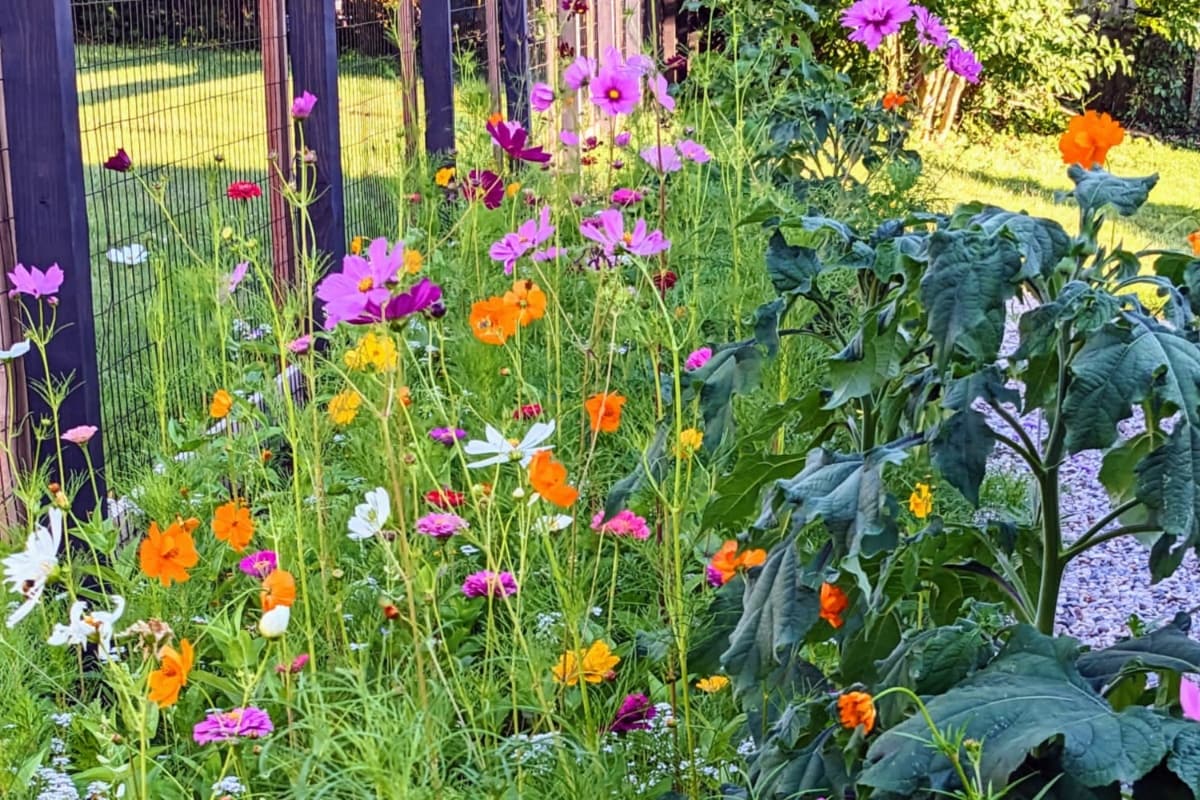
Photo courtesy of The Bug Chicks
Remember that butterflies are picky about their food
Butterflies are known to be remarkably picky about their food choices, as they rely on specific host plants that cater to their unique nutritional requirements and chemical cues for oviposition. Their selectiveness ensures their survival and successful development, making it essential to provide the appropriate host plants in butterfly gardens.
“Creating a butterfly garden in your backyard should start with researching the common butterfly species in your area. Butterflies are picky about food plants for their eggs, so be sure to match the correct plants to what the butterflies you want to attract,” remarks Kevin Clarke of Bug Under Glass.
Consider butternut squash
Save Our Monarchs shares. “A friend who raises monarchs was absolutely adamant that, besides Milkweed Leaves, that Monarch Caterpillars also feed on the leaves of butternut squash. So if you have no more milkweed, you can feed them butternut squash leaves.”
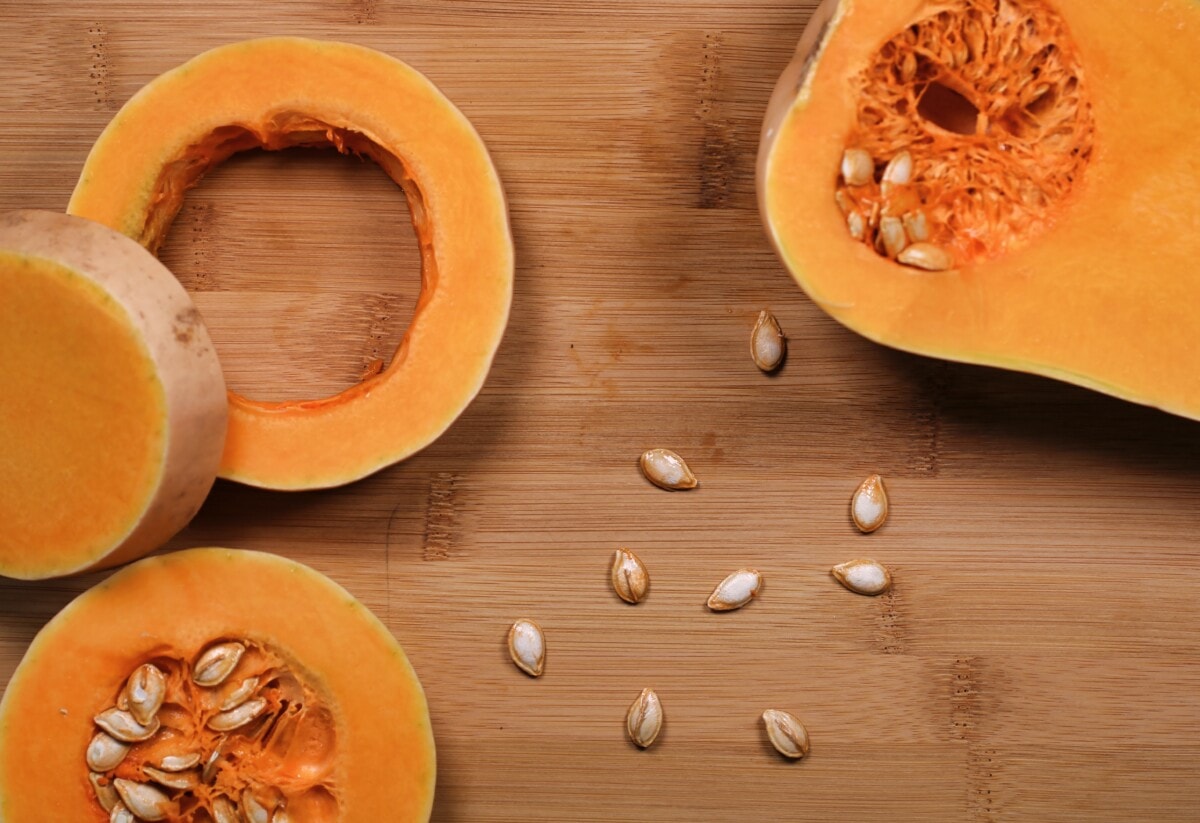
2. Create a shelter for butterflies
When creating a backyard butterfly garden, it is important to include shelters for butterflies. Butterflies seek shelter during adverse weather conditions, such as strong winds or rain, and require safe spaces to roost overnight. One effective way to provide shelter is by incorporating dense vegetation or shrubs where butterflies can take refuge. Additionally, planting tall grasses or leaving patches of unmown areas in the garden can create a protective cover for them. These shelters will help safeguard butterflies and encourage them to stay in the area.
3. Provide a water source
Butterflies require water not only for drinking but also for important activities like puddling. Puddling is a behavior where butterflies congregate around damp or muddy areas to extract essential minerals and nutrients from the soil. To cater to their needs, you can incorporate water features such as shallow dishes filled with water, wet sand, or mud. Adding a few stones or pebbles to the water dishes can also provide perches for butterflies while they drink.
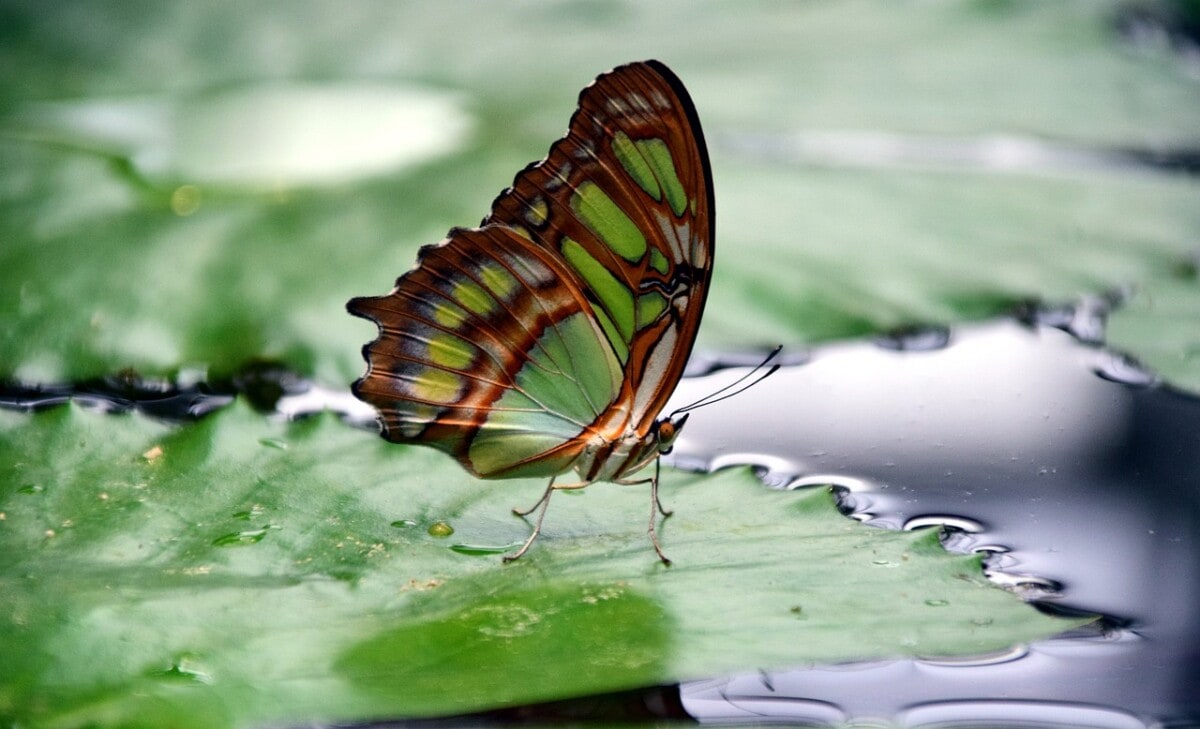
4. Use organic fertilizers
Unlike chemical fertilizers, which may contain harmful toxins, organic fertilizers are derived from natural sources and may not pose a risk to butterflies. Butterflies are highly sensitive to their environment, and chemical exposure can harm their survival and reproductive success. Organic fertilizers, such as compost, well-rotted manure, or organic plant-based products, enrich the soil with essential nutrients while promoting a healthy ecosystem for butterflies and their host plants.
“Never use pesticides on your plants in or near your butterfly garden. They will harm not only the pesky insects but also the beneficial ones,” shares Save Our Monarchs Foundation, a non-profit based out of Minneapolis, MN.
The post 4 Considerations When Creating a Backyard Butterfly Garden appeared first on Redfin | Real Estate Tips for Home Buying, Selling & More.
